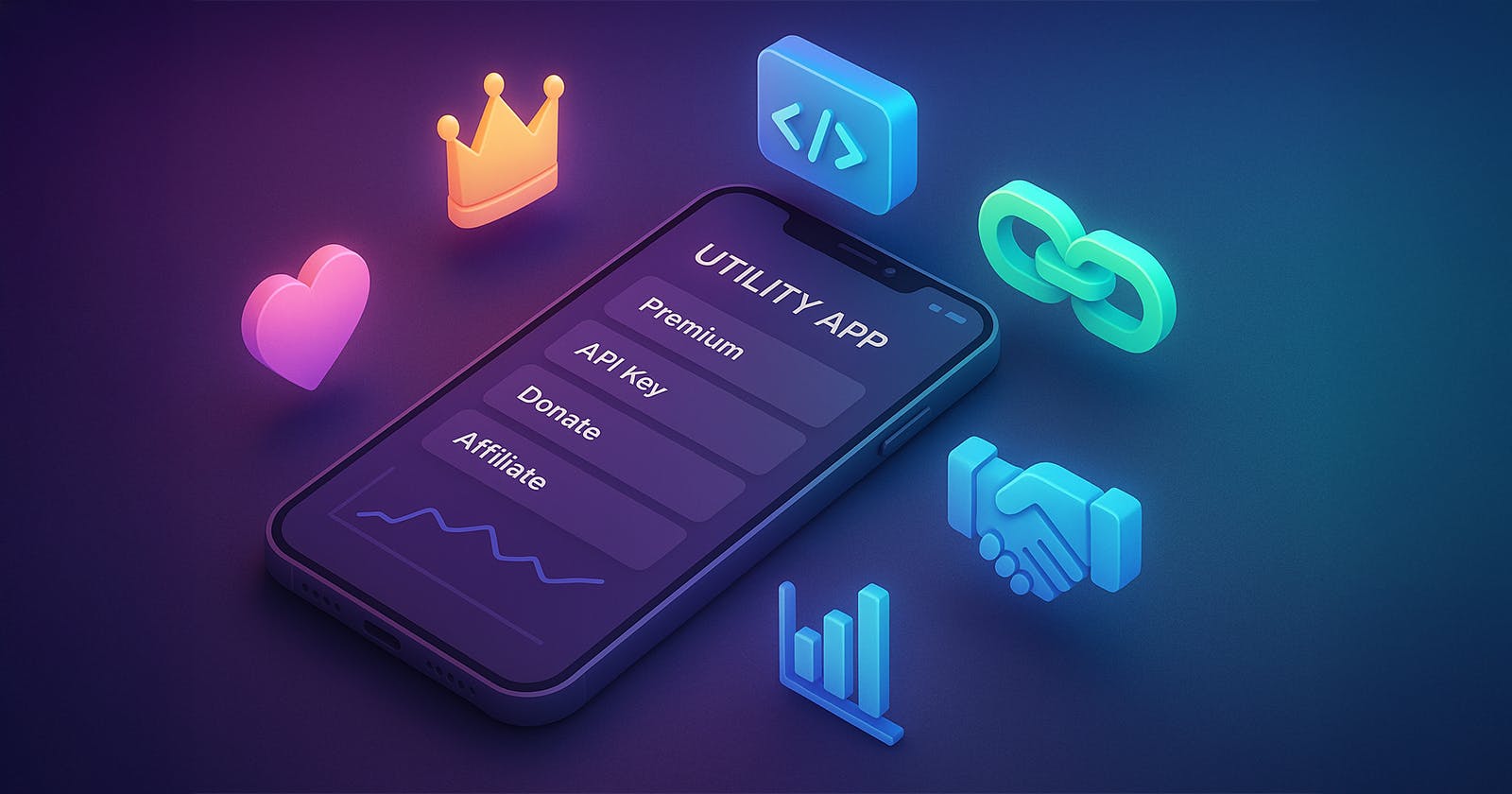Utility apps, from VPNs to file managers, weather widgets, and battery optimizers, have one of the toughest monetization challenges in mobile. Users expect them to be free, simple, and reliable. But “free” doesn’t pay for server costs or time spent on development.
Traditionally, developers fall back on two options:
- Ads, which clutter the app experience and drive users away.
- Paywalls or subscriptions, which clash with the “lightweight utility” nature of these apps.
The result? Razor-thin margins, user churn, and a constant trade-off between monetization and user satisfaction.
The Decline of the Attention Economy
The average smartphone user is bombarded with thousands of ads every day. According to Forbes, consumers are exposed to between 6,000 and 10,000 advertisements per day across digital and offline channels, most of which they ignore or block.
This current saturation has created what marketers call “attention fatigue.” In the context of mobile apps, users are actively seeking ad-free environments, especially within functional utilities designed for speed and convenience.
For developers, that means the traditional ad model is losing both its profitability and its audience.
Why Paywalls Don’t Fit Utility Apps
Paywalls promise predictable revenue, but for utility apps, unfortunately, they often backfire. A password manager or flashlight app can’t easily justify a subscription fee and even a one-time unlock can discourage users accustomed to free alternatives.
Industry data reflects this fatigue: in 2025 nearly 30% of annual subscriptions are canceled in the first month of usage.
And the truth is, users rarely want to pay for tools they believe should be baseline system functions.
The Rise of Passive Monetization
In recent years, a third option has emerged — passive monetization. It doesn’t rely on ads or paywalls. Instead, it allows an app to earn discreetly through participation in distributed network ecosystems, often via a small software integration known as an SDK.
An SDK (Software Development Kit) is a lightweight set of tools or code libraries that developers integrate into their apps to add specific functionality. In this case, SDKs can enable background monetization: a way for apps to securely share underutilized resources, such as network bandwidth, for legitimate, privacy-compliant purposes.
Think of it as a background partnership:
- The SDK runs quietly within the app.
- It contributes small bits of non-personal, anonymized network activity to verified data or performance services.
- In return, the app developer receives revenue based on usage or uptime.
Most importantly, this approach is fully transparent, consent-based, and non-intrusive. There are no pop-ups, no tracking, and no selling of personal data.
Why SDK-Based Monetization Works for Utility Apps
Utility apps already operate quietly and consistently. Therefore, this background rhythm makes them ideal candidates for passive revenue models.
Here’s why:
- No visual design needed. The app doesn’t have to rely on banner placement or impressions.
- Stable user base. Even if sessions are short, retention tends to be high.
- Performance-friendly. SDKs are designed to run with minimal resource impact.
- Privacy by design. With modern compliance standards (GDPR, CCPA), data stays anonymous and encrypted.
In short, the app continues doing what users expect and earns quietly while doing it.
What Developers Should Look for in Any Monetization SDK
Not every SDK on the market meets the same technical or ethical standards. Before integrating, developers should evaluate five key areas:
- Privacy & compliance. Verify full legal alignment and encryption standards.
- Transparency. The provider should clearly document how data is used and how revenue is calculated.
- Resource efficiency. SDK size and CPU impact should be minimal.
- Consent controls. Allow users to opt in or out clearly within the app.
- Reporting. Real-time dashboards to help track earnings accurately.
These checkpoints help distinguish transparent, trustworthy SDKs from less reliable ones and foster long-term user confidence.
The Future: Beyond the Attention Economy
The broader trend is clear: As privacy laws tighten and ad revenue declines, attention-based monetization will give way to passive monetization.
Utility apps, once considered “hard to monetize”, can become pioneers in this shift. By thinking beyond ads and paywalls, developers can see that profitability and user experience don’t have to conflict.


